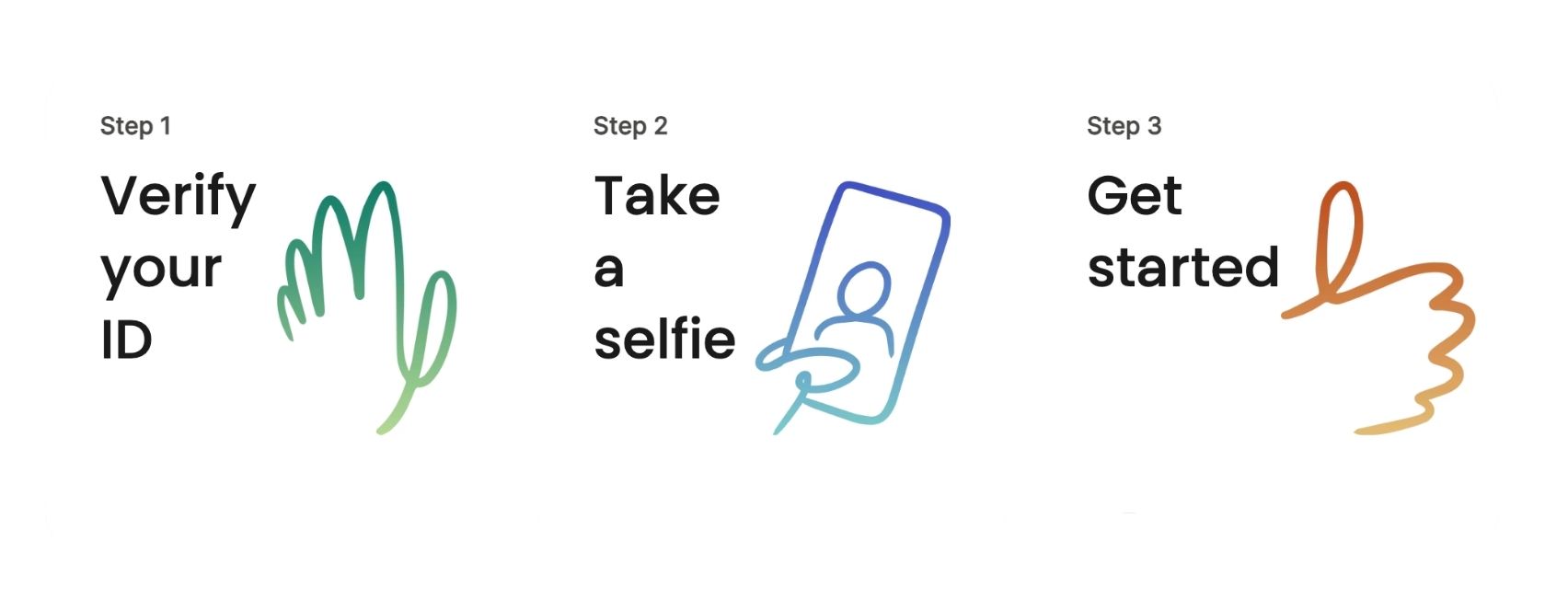Anesthesia is a set of techniques that allows the realization of a surgical, obstetrical or medical act by suppressing or attenuating the pain. There are 2 main types of anesthesia: general anesthesia and loco-regional anesthesia.

During interventions on the hands and arms, many options are available for anesthesia, which includes two main types:
It is during the pre-operative anesthesia consultation that the anesthesiologist will determine, with your agreement, the type of anesthesia most appropriate.
Hand and arm surgery can be used to treat conditions that affect:
Hand surgery is in most cases performed under loco-regional anesthesia where only the affected limb is anesthetized. The duration of this anesthesia depends essentially on the type of product used and the volume injected and can vary from a few hours to 24 hours.
This intervention consists of injecting a local anesthetic in contact with one or more nerves concerned. This creates a blockage of the nerve communication between the hand and the brain and by extension, a paralysis and insensitivity of the limb. Local anesthesia is a reversible action since the local anesthetic will be resorbed by the body.
When a general anesthesia is essential ( for instance, for shoulder surgery), it is possible to combine it with a loco-regional anesthesia. This association allows:
In this configuration, the loco-regional anesthesia is in fact a loco-regional analgesia. It does not aim to cut off the transmission of all nerve messages but only the transmission of the painful message. The big difference is that you do not feel the pain but you can mobilize your sleeping limb.
Introducing Eva.
Receive a complete Readiness Report in 24 hours — Built with best surgeons and anesthesiologists. Powered by AI.
Send the report to your surgeon.

About 38% of adult patients suffer an adverse event during or following their surgery, researchers reported Wednesday in the BMJ.
Nearly half of these complications result in serious, life-threatening or fatal harm, results showed.
60% of the complications were potentially preventable and 21% were definitely or probably preventable, researchers report.
Our mission is to provide safe & affordable surgical care
for every patient using AI technology and telehealth.

Surgery should be centered around you.
Your health, in your hands.
With Eva Me, it is. Licensed clinicians review your health record to provide personalized recommendations for surgery and anesthesia. It’s time for care that’s true to you.
Securely access Eva Me with a photo of your ID and a selfie.

Health records in multiple portals? That’s a thing of the past. Eva Me gathers your records in one place so licensed providers can give you personalized recommendations about your health.

Receive a summary on your phone — including surgical history, medications, labs, and risk factors — ready to send to be sent to your surgeon.

Trusted by the best health systems in the world
Includes — Anesthesia Self-Test, consented record pull via HIE and patient portals, Eva Readiness Report in 24 hours, personalized checklist, action plan, question guide, secure PDF and share link, online support
Information